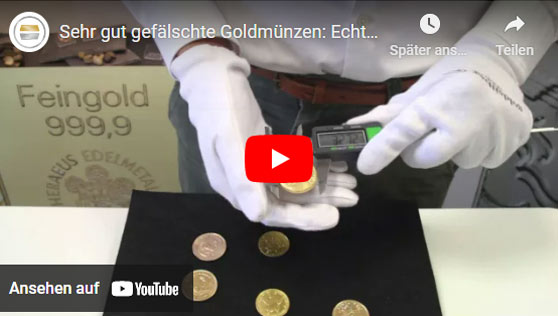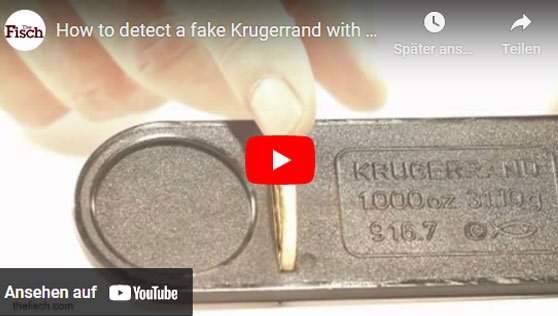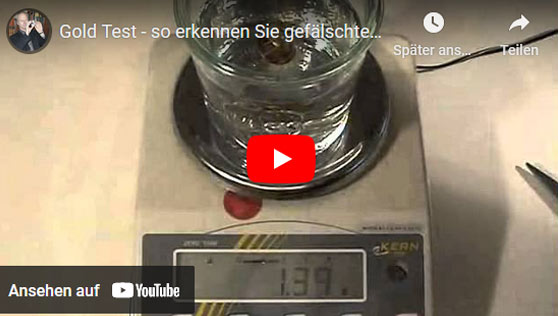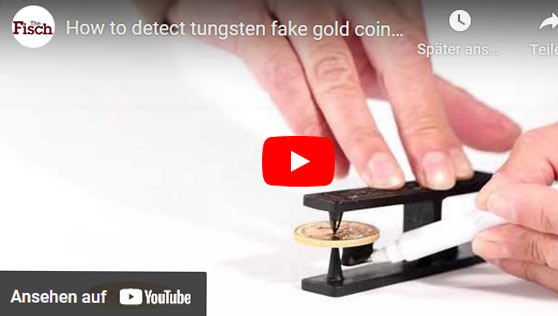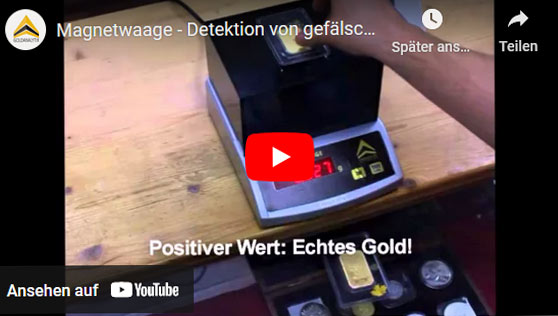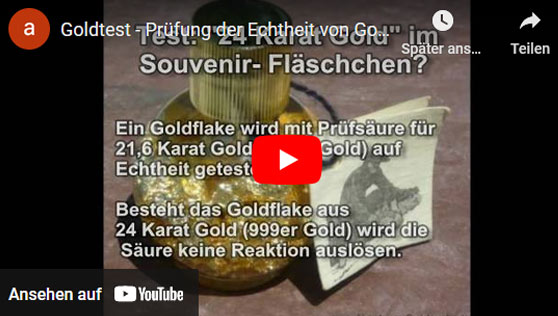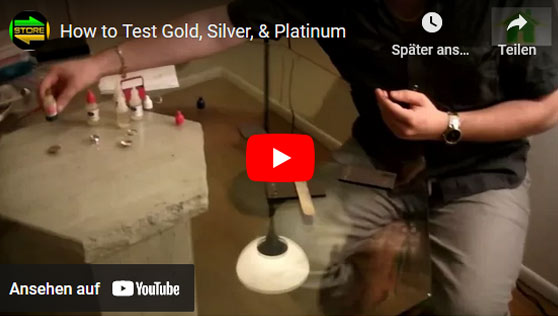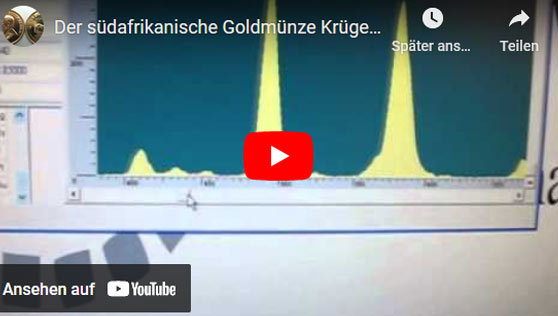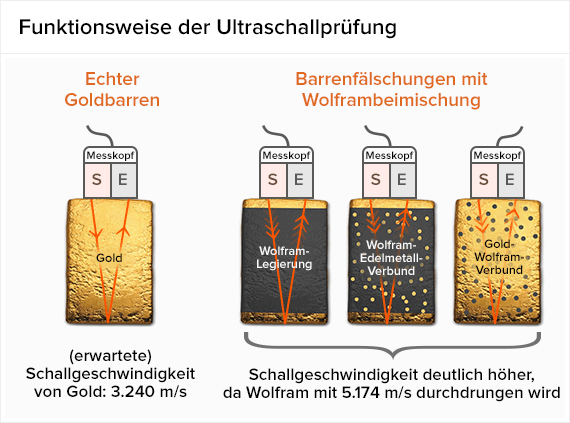Check gold and silver for authenticity
Content
- Easy to perform authenticity test by visual inspection
- Test templates for testing gold coins and silver coins
- Consider manufacturer's certificate when testing gold bars
- Testing gold and silver for authenticity with the water displacement test
- Specific gravity of gold and silver
- Testing the magnetic properties of bars and coins
- Also use a simple acid test to check for authenticity
- Check the authenticity of gold and silver using an X-ray fluorescence spectrometer
- Authenticity testing by means of ultrasound
- Electrical conductivity: fast and reliable test for all precious metals
- Checking Maple Leaf coins with the Bullion DNA Reader
When you buy physical gold, it is important to check it for authenticity. The same is true for silver.
If you are looking for a tangible asset that can offer stability and inflation protection, then investing in physical gold coins is investing. However, the same is true for silver, as bars and coins are also ideally suited as a stable tangible asset investment. Since, unfortunately, not all sellers in the field of precious metal bars and precious metal coins are always completely reputable, it is of great advantage if you can check whether the gold is real or the silver is real, which you may want to buy. Therefore, below you will find various methods that you can use to test both gold and silver for authenticity. The test of authenticity ranges from the simple eyeball test to the more complex X-ray fluorescence spectrometer test. You can also perform some of these authenticity tests yourself with little effort.
The following video shows how high quality and therefore difficult to detect counterfeit gold coins are today. It is a paradigm example of why you should test the authenticity of gold and silver. It shows high quality counterfeits and how to unmask them:
Very Good Counterfeit Gold Coins: Authenticity testing for Krugerrand, Maple Leaf and American Eagle
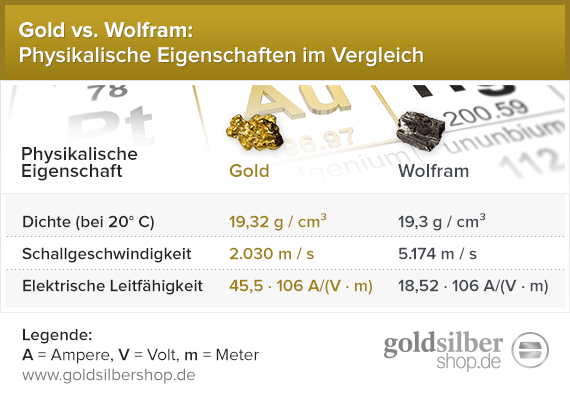
The use of tungsten in high-end counterfeits means that you have to be very precise when checking the authenticity of gold bars / coins, as the weight differs only minimally for the same dimensions. However, on the basis of the speed of sound or electrical conductivity, this type of counterfeit can also be quickly unmasked.
The golden rule when checking the authenticity of gold and silver is: Always combine different test methods. This is the only way to achieve 100% certainty!
Easy-to-perform authenticity test by visual inspection
If you want to test gold for authenticity or silver for authenticity, this is often possible with a very simple test, namely the visual inspection. The only thing you have to do is to examine the gold coins or silver bars by visual inspection. Here, the most important thing is the die-cuts that you can see on the surface of the respective bars.
Another way to check gold or silver for authenticity is to check the weight. For example, a 1-ounce coin of fine gold must not weigh less than 31.1 grams. In any case, use a fine weight scale when checking the weight, as the weight of high-quality counterfeits sometimes differs by less than one gram.
You should also carefully check the dimensions of the bars and coins. It is advisable to use a digital caliper, otherwise the measurements will be too inaccurate.
Test templates for testing gold coins and silver coins
A popular and relatively reliable method of testing is the use of test templates. Note, however, that the counterfeits presented in the top video could not be detected perfectly. You should therefore combine the test with one of those listed below.
You can learn how test templates work in this video:
Consider manufacturer's certificate when testing gold bars
The authenticity test is improved by comparing the bar numbers as well as the manufacturer's logos. What sounds strange makes perfect sense: include the manufacturer's certificate in your test. While you might think that counterfeiters who "fill" gold bars with a tungsten core to near perfection should be able to forge a simple manufacturer's certificate, it often turns out that they are sloppy here and it shows variations from the original.
Here is an example of counterfeit Perth Mint gold bars:
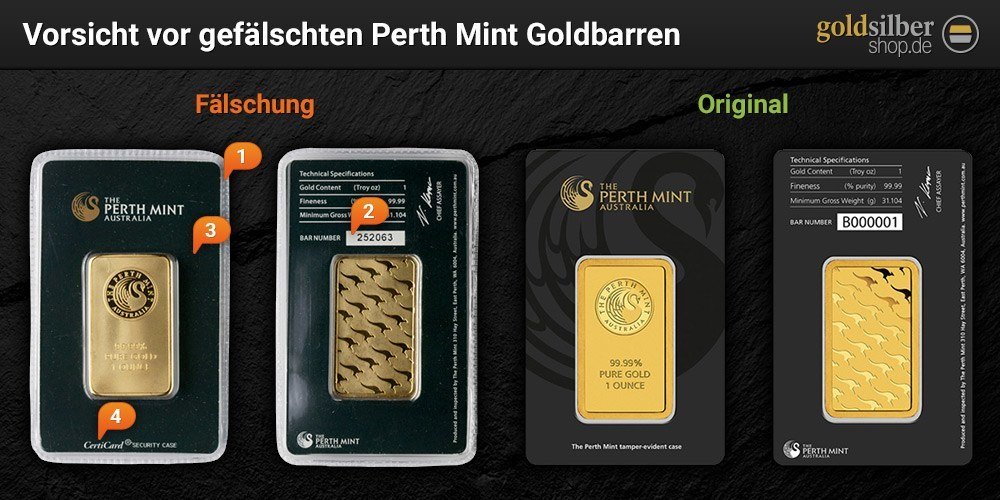
You can see the following discrepancies when checking:
- The bar was packed in a plastic package conspicuously welded together at the edge instead of in an almost rimless plastic blister.
- The appearance of the bar number differs and does not begin with a B.
- The original certificate has the Perth Mint logo, the swan, in the background. The counterfeit is completely black.
- The printed text at the bottom of the obverse differs.
Checking gold and silver for authenticity with the water displacement test
In addition to visual inspection and checking weight and dimensions, there is another recognized test that you can use to check the authenticity of gold and silver. This is the so-called water displacement test, which goes back to the Greek physicist Archimedes. By means of the water test according to Archimedes, the density of the respective precious metal is determined, which is done by means of the water displacement and the weight of the "metal body". Specifically, the principle of the water test is based on measuring the displacement of water. The density of water at a temperature of 20 degrees Celsius is exactly 1 g/cm³, although it must be remembered that the density changes at other water temperatures. At a density of 1 g/cm³, the displaced quantity of water is thus equal to the volume of the precious metal (in cm³).
If it is now to be verified whether the gold or silver is genuine, the mass of the precious metal is first determined by means of a balance. Then, the metal to be tested is suspended on a thread and immersed in water contained in a measuring cylinder. This measuring cylinder is in turn placed on the balance, whereby the weight of the cylinder together with the mass of the water must of course not be taken into account (tare balance to zero). During immersion, care must be taken to ensure that the precious metal does not touch the measuring cylinder. Due to the specific density of water, one gram corresponds to a volume of one cm³. In the last step, the original mass of the precious metal (without water) is now divided by the currently displayed volume. The result can now be compared with values that indicate the gold or silver alloy density.
Specific gravity of gold and silver
|
Gold: 999 (24 carat) |
19.3 g/cm³ |
Water displacement at 1 kg: 51.76 cm³ |
|
Silver: 999.9 |
10.5 g/cm³ |
Water displacement at 1 kg: 95.24 cm³ |
You can see the exact procedure of the Archimedes water test as an authenticity test in the video below:
Testing the magnetic properties of bars and coins
It is also recommended to examine the possibly counterfeited bar or coin with a very strong neodymium magnet or magnetic balance: Tungsten, for example, is slightly magnetic. Gold, on the other hand, is not. In the top video, we show you the use of a neodymium magnet starting at minute 15:50.
A magnetic balance is even more accurate: it can be used to measure the difference in weight between weighing without and with a magnet.
The test is very accurate, easy to perform and therefore creates maximum security:
Also use a simple acid test to check authenticity
Another well-known test that you can use to check silver for authenticity and also gold for its authenticity is the acid test. However, it is important to note that the acid test should only be carried out by a specialist (jewelry dealer, jeweler, etc.) if possible, because the acid used can definitely damage bars and coins. Different acids are used for each precious metal in the acid test, so you must be careful to use different acids for the authentication of gold than for the authentication of silver. The acid test can be used, for example, to check which alloy gold is in, since gold as well as the other precious metals have special properties when it comes to resistance to an acid. For example, gold can resist an acid attack for a longer period of time than many other metals can.
If the acid test is to be performed on a gold bar or coin, the acid used is usually a mixture of hydrochloric and nitric acid. In the vials that an acid test kit contains, this acid mixture is present in various concentrations, so that almost all karat numbers can be checked. Now, to perform the acid test, the first step is to lightly rub the coin or gold ingot to be tested on a specimen stone. In the second step, some acid is now applied to the line of the abrasion. It is important that the acid is applied crosswise with respect to the line. If the abrasion line does not change, this confirms the suspected karat number of the gold. If, on the other hand, the line "disappears", this would prove that the karat number is lower than assumed.
You can see exactly how the acid test works in the following video:
Testing the Authenticity of Gold and Silver Using X-Ray Fluorescence Spectrometer
If you are looking for a test that can prove or disprove the authenticity of gold bars, gold coins, silver coins and silver bars to one hundred percent, then this is possible with the so-called X-ray fluorescence spectrometer (short: X-ray spectrometer). However, since this test involves a great deal of effort, and of course the purchase of an X-ray spectrometer is not exactly inexpensive, it is hardly suitable for home use.
Exemplary measurement results of the gold test via X-ray fluorescence:
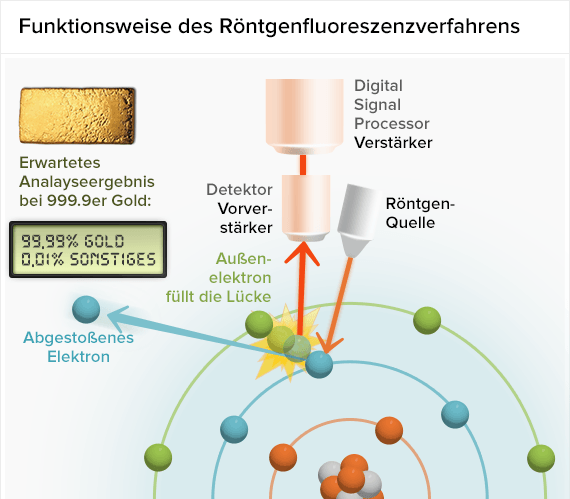
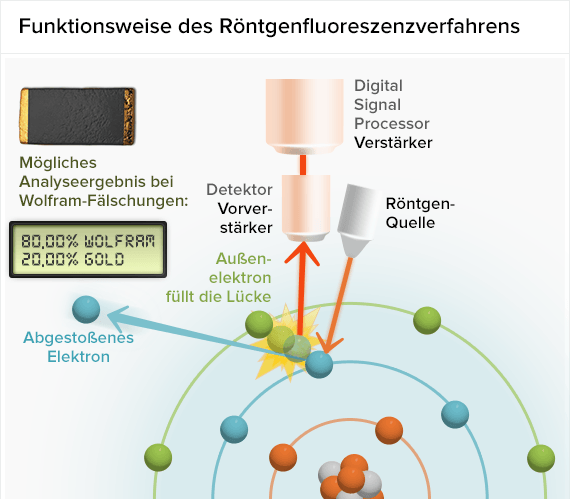
In addition, this form of authenticity testing is only suitable for very thin bars and coins. If the gold is thicker than about 1 mm, the X-ray device will not detect an internal tungsten core: The X-rays can penetrate only about 0.5 mm deep into the test piece.
It is therefore unsuitable as the only test method for almost all bars and coins.
Nevertheless, you are of course welcome to watch the following video to see how the test by means of X-ray fluorescence spectrometer works and proceeds in detail:
Authenticity testing by means of ultrasound
Another way to check if a bar contains a tungsten core, for example, is to use an ultrasonic is the use of an ultrasonic device:
Electrical conductivity: fast and reliable test for all precious metals
As a final option for checking the fineness of bars and coins, we would like to introduce the electrical conductivity test:
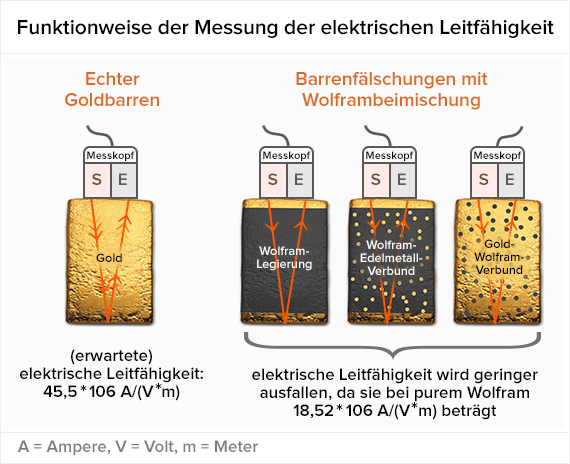
The advantage of this fineness test is that you can perform it even on gold bars that are wrapped in a plastic blister. A probe is placed on the test piece and the conductivity determined in this way is compared with the nominal value.
Checking Maple Leaf coins with the Bullion DNA Reader

This testing process, which can only be performed by approved mint partners, scans the surface of the coins and compares it to a "digital fingerprint" taken from each coin during production.
Presentation of the Bullion DNA process.






